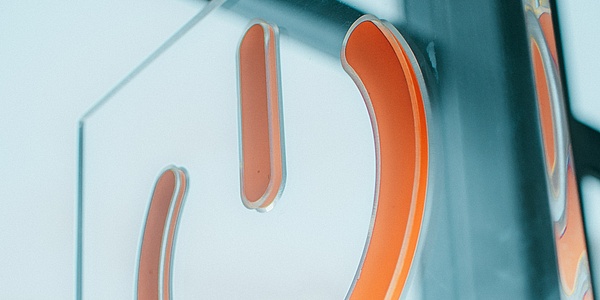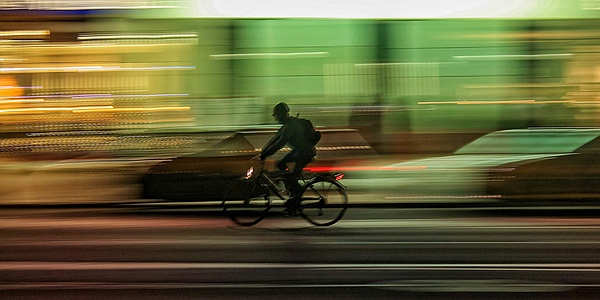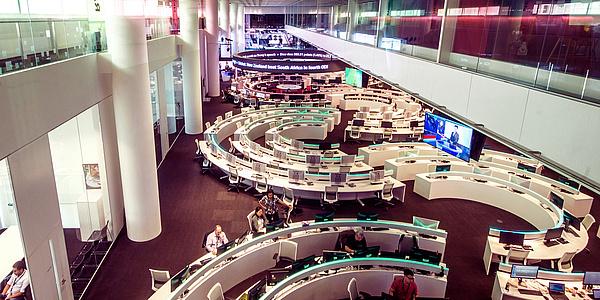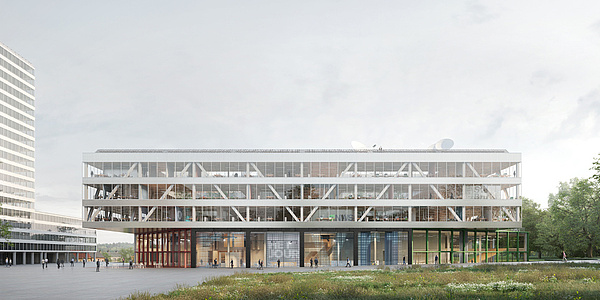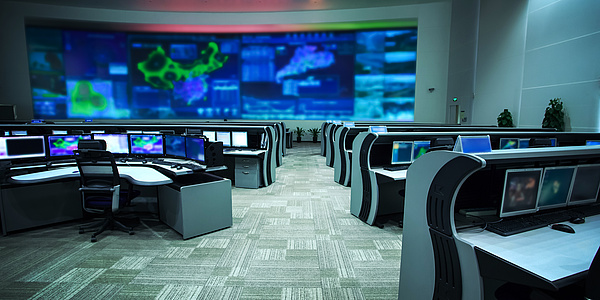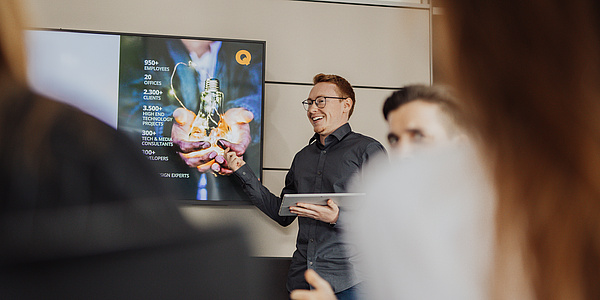
Designing sustainable cities
The joint development of new mobility concepts with TRATON
In its 2030 Agenda, the UN adopted global goals for sustainable development, the Sustainable Development Goals (SDGs). TRATON, a key player in the transportation industry and one of the world's leading commercial vehicle manufacturers, has set ambitious goals for achieving the SDGs.
To this end, the company focuses primarily on a more sustainable transportation industry. Our innovation and facilitation experts worked with TRATON in several co-creation workshops to develop new ideas for a future bus mobility concept.
Key challenges of an ACE-based solution approach
TRATON wanted to develop an attractive ACE-based (autonomous, connected, and electric) public transport solution for a sustainable urban future. Convinced that these technologies will change public transport and mobility within the next ten years, ACE became the project scope. To develop the optimal concept for sustainable mobility in the public transport system, the three key challenges we set had to be mastered, which accompanied the joint project on an ongoing basis:
- Developing a comprehensive understanding of the future challenges of public transport (2030)
- An understanding of the needs and requirements of future customers and passengers. We used design thinking as an effective methodology for this.
- Designing and testing concepts for future public transport vehicles.
Step by step towards new and sustainable mobility concepts
At the beginning of the project, together with TRATON, we invited more than 30 public transport experts to Berlin in the first wave of concept development to jointly develop future mobility concepts. To ensure an effective design at the end of the workshop, our workshop moderators and ideators focused primarily on the following questions:
- Which role will a bus play in 2030?
- Which tasks will it have to perform?
- Which opportunities and challenges will arise for transport companies and operators?
- How will the bus of the future look like?
The event in Berlin aimed to work with key customers (public transport operators and authorities) from major European cities such as Barcelona, Paris, Lisbon and Copenhagen as well as other stakeholders (e.g. communication and infrastructure providers) through a series of individual interviews and a great co-creation event to jointly understand the challenges of the future and subsequently develop suitable vehicle concepts.
Our innovation experts focused the co-creation workshop on gaining a holistic understanding of the future of cities and the public transport ecosystem to design a future-proof and needs-based public transport vehicle.
The second wave of the project with TRATON focused on the Asian market. Similar to the concept development of the first wave, we concentrated the second stage primarily on unconventional thinking, inspiration, and radical ideas. Therefore, we did not focus on key customers but on leading-edge customers, trend receivers, and other thought leaders from future-oriented cities such as Singapore or Shenzhen, who developed disruptive concepts in a co-creation workshop.
Tomorrow's mobility concepts
The various approaches to concept development ultimately led to the iteration of the concepts and findings from the first and second wave. From this, the project managers derived three future bus mobility concepts reflecting the vehicle architecture and the business and customer benefits. TRATON's vision of finding an autonomous, connected, and electric solution for public transport was efficiently achieved through this project. The three mobility concepts resulting from the joint project also contribute to the sustainable development of cities and thus support the achievement of the global goals adopted by the UN by 2030.





